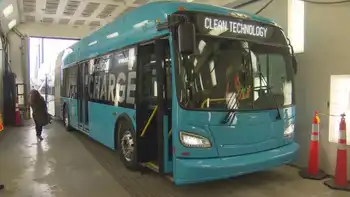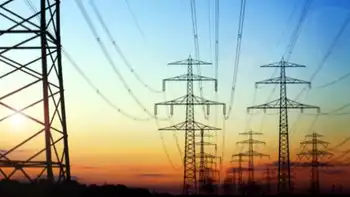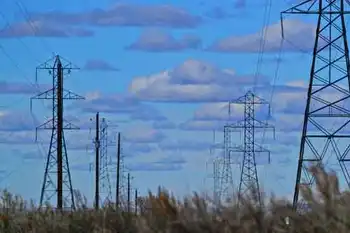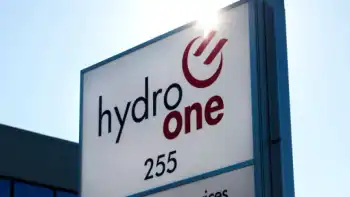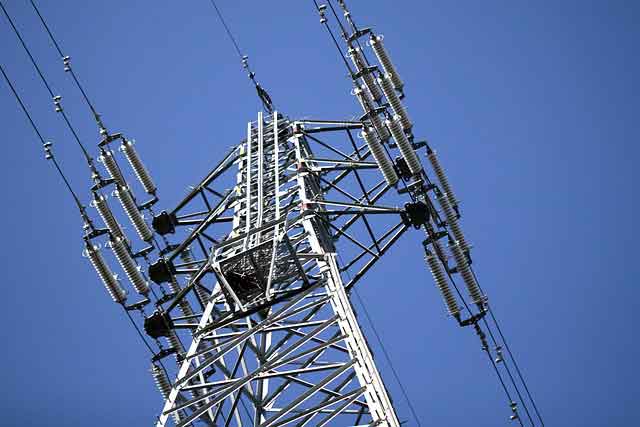Making buildings where energy is “free”
By Reuters
CSA Z462 Arc Flash Training - Electrical Safety Essentials
Our customized live online or in‑person group training can be delivered to your staff at your location.

- Live Online
- 6 hours Instructor-led
- Group Training Available
TheyÂ’re known as zero net energy buildings, and they are generating lots of talk these days.
General Electric says it will deliver zero net energy homes by 2015.
The California Public Utilities Commission has set a goal of having all new homes use zero net energy by 2020.
The U.S. energy department wants to develop “marketable Zero-Net Energy Commercial Buildings, buildings that use cutting-edge efficiency technologies and on-site renewable energy generation to offset their energy use from the electricity grid by 2025,” according to this announcement.
Blair Kamin, the Pulitzer Prize-winning architecture critic of the Chicago Tribune, recently profiled ChicagoÂ’s first zero-net energy home.
Are zero-net energy buildings a stretch goal — a distant dream — or a present-day reality?
A bit of both, says Scott Shell, an expert in sustainable design at EHDD Architecture of San Francisco, a firm that has designed several zero-net energy buildings in California and has more on the way. “Very few people see it coming,” he says, “but the world is going to change in a profound way in the next few years.”
If he’s right, and I think he is, net-zero energy buildings will open up some big business opportunities in the coming years — for design and architecture firms, builders, and companies such as GE, Johnson Controls (energy-efficiency experts) and Autodesk (the leaders in design software).
As Scott explained to me by phone, the idea behind zero-net energy buildings is fairly simple: You design the building to be super-efficient, using natural light, energy-conserving appliances, insulation and the like so they use as little energy as possible. Then you try to generate the rest from on-site renewables, usually solar PV but potentially wind as well. Any surplus energy generated by the building can then be sold back into the grid, to offset whatever energy that needs to be purchased.
Three examples from ScottÂ’s practice at EHDD:
The Chartwell School: This K-12 school for children with learning disabilities, including dyslexia, built on a hill overlooking Monterey Bay, not only has a minimal environmental impact, but is a living lab for students interested in sustainability. The building, completed in 2006, been able to achieve zero-net in terms of electricity through lots of daylighting, combined with solar photovoltaics on the roof. Schools are ideal candidates for zero-net energy buildings because they are mostly used during the daytime.
IDeAs Z-squared Design Facility: A renovated office building in San Jose, this building houses a company of electrical engineers who wanted to operate in a facility with zero carbon emissions. On its website, the company says it achieved this goal by:
• Harvesting daylight to reduce electric lighting energy consumption;
• Providing outside views for building occupants;
• Use of occupancy sensors to turn off lights in unoccupied spaces;
• Using high efficiency, (plug in) office equipment and innovative automatic controls to minimize plug loads;
• Providing a high efficiency HVAC system featuring radiant heating and cooling in the floors and a ground-source heat pump;
• Installing better insulation;
• Installing monitoring equipment to gather data on the energy performance of all building systems.
Scott’s own home: He told me that for about $11,000, he installed solar panels on his roof that generate more electricity than he can use. “I never pay an electric bill,” he said.
To be sure, none of this is simple or achievable overnight. You need the right regulation — the ability, at minimum, to sell distributed electricity back into the grid, which isn’t available in all states. The business case is stronger if utility rates are high, as they are in California, and if the sun shines a lot. Low-lying single story buildings are easier to build or modify because they have more rooftop space.
What we need, meanwhile, is to learn more about how these buildings work. To that end, EHDD is working with the Center for the Built Environment at Berkeley to measure the performance of its buildings. “The construction industry is one of the largest in the country, and we have so little actual public performance data,” Scott told me.
The stakes are high — by some estimates, buildings generate 40 percent of the greenhouse gas emissions in the U.S. Imagine if we could drive that figure a lot closer to zero.





